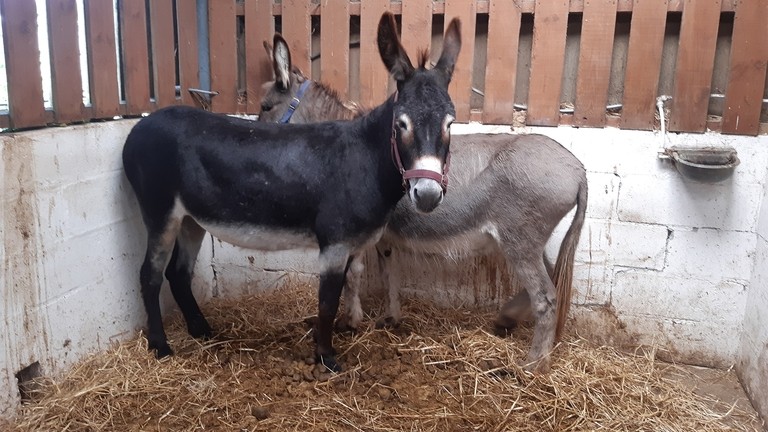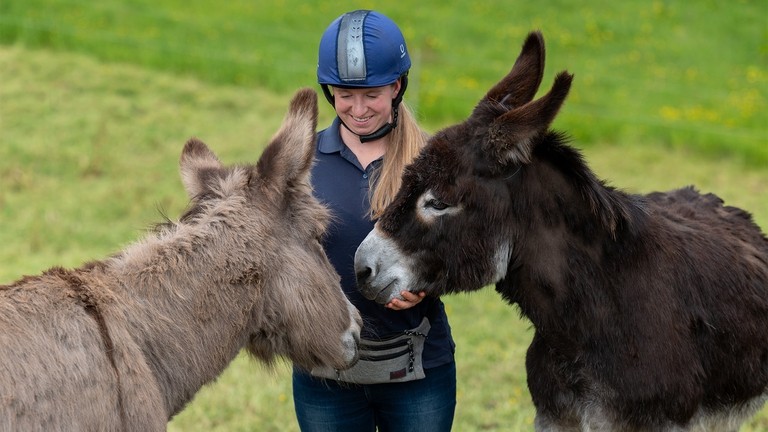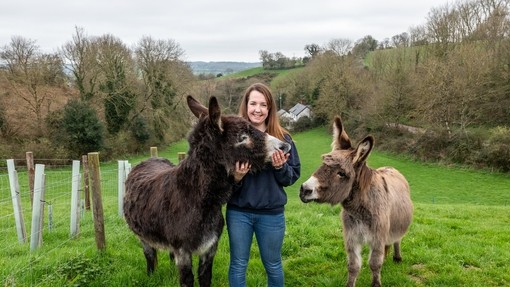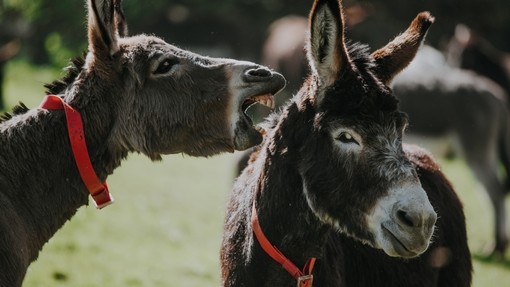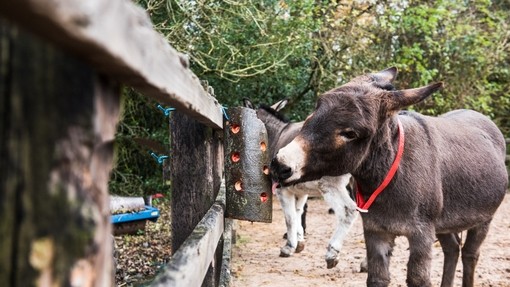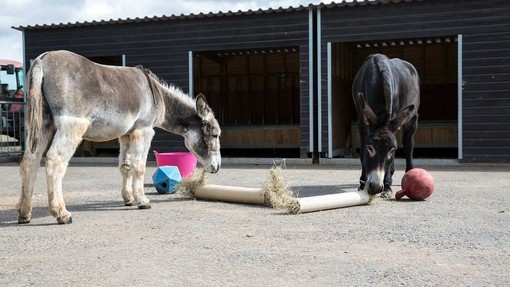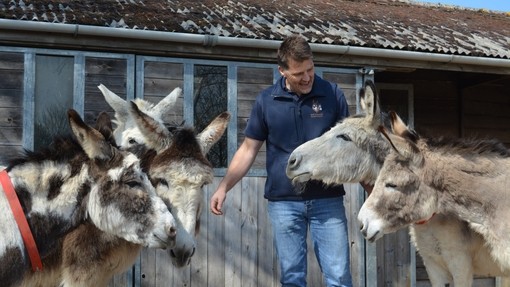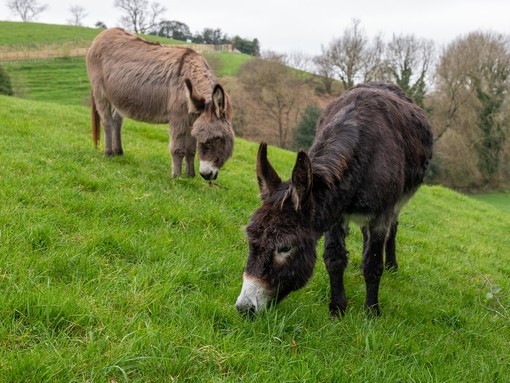
Exploring the work of our behaviour team
We offer a home to hundreds of donkeys each year, but some of them have complex behavioural needs that require a gentle approach to overcome.
Transforming a nervous, wary donkey into a thriving, confident animal can be a tall order – but our team of dedicated behaviourists are on hand to help every step of the way.
Many donkeys arrive to the sanctuary in perfect health and happiness, smoothly settling into their new herd.
Others have endured unhappy lives, which can be the cause of deep-rooted behavioural needs that require gentle untangling.
This delicate and sometimes lengthy process is diligently carried out by our Behaviour team, headed up by Ben Hart, our Senior Lead in Behaviour and Human Behaviour Change.
“Understanding donkeys is a journey that requires us to step into their world,” Ben says. “We need to try and think with their brain.
“Donkeys possess emotions that may be unfamiliar to us, and it’s precisely these emotions that the Behaviour team, with their unique understanding and expertise, is equipped to decipher and comprehend.”
Supporting Molly and Maple
Molly and Maple are two of the many donkeys the Behaviour team has assisted in recent years.
The duo made the move to one of our farms in 2022 following their rescue and were extremely nervous upon their arrival.
“Our behaviour experts ensured Molly and Maple were heard and understood,” Ben says.
“Once we understand what a donkey needs, a plan is created to help them become more confident and relaxed at the sanctuary.
“Molly and Maple have made great progress so far, but Maple still requires some extra support to build her confidence. Our teams will work together to assess their behaviour and find a future that best suits their individual personalities.
“This might mean Molly and Maple stay on their farm or move to a Donkey Guardian home.
“As they learn, donkeys like Molly and Maple change and develop their behaviour. We will be there to support their individual characters and future needs.”
Find out more about donkey behaviour
Share this page
Tags
- Blog

